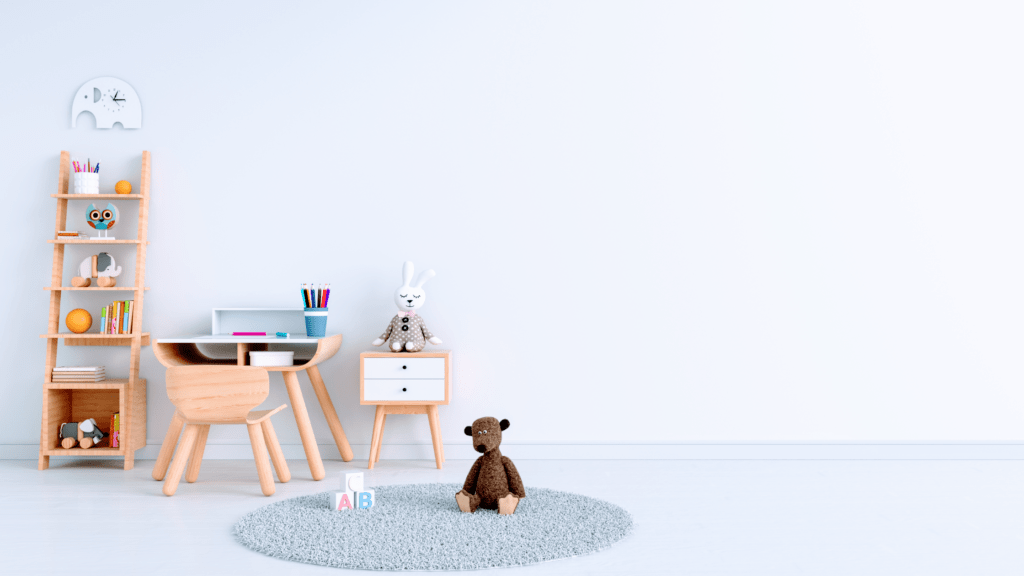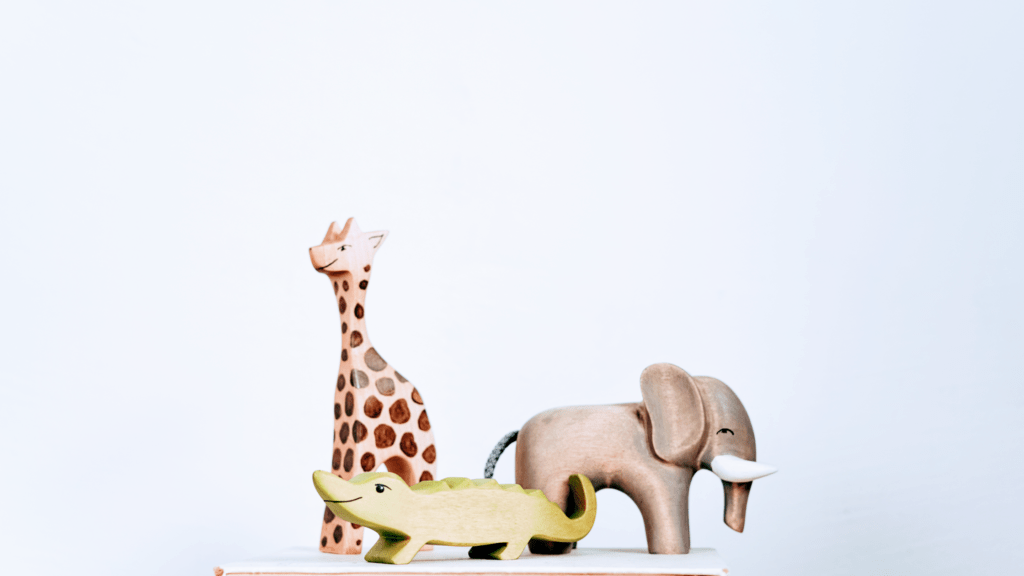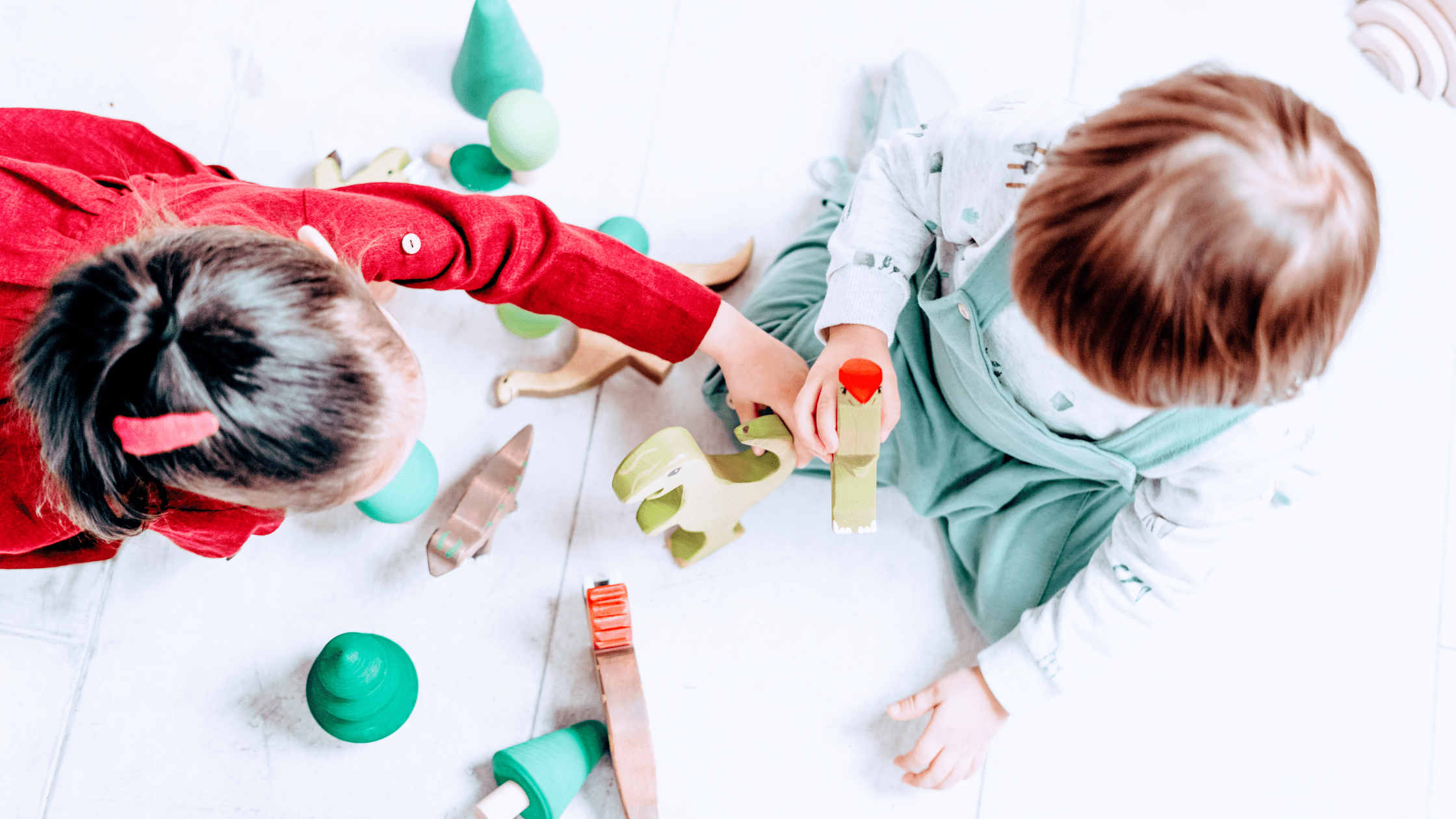Parents with small children are a large part of my clientele. They may have once found it easy to keep their home looking nice and tidy, but as their babies grow into toddlers, their homes gradually get overtaken by toys.
Of course, you can’t expect your house to stay the same after having children. But why is it some parents seem to find it easy to keep their homes tidy and others struggle? How can you teach your child to be organised, as surely that’s a skill they need to learn? And most importantly, how can you prevent your home from becoming one big playpen?
This guide aims to teach you the art of decluttering, organising and tidying your child’s things.
How to declutter with young children
Take the lead
When children are little, you’ll need to be in charge of decluttering so that their space doesn’t get flooded with things. Do it when they’re not in the room so that it’s not upsetting for them.
How to know what to declutter
Watch what toys your child plays with and if they haven’t played with a particular toy in a while, try removing it and see if they notice. If they don’t ask for it, chances are it won’t be missed if you let it go.
Teach your child to let go
As children get older, you can gradually involve them, but don’t overwhelm them. You might invite your child into the room at the end of a decluttering session and ask them to approve of a few of your choices, explaining to them what you’re doing and the reasons why it’s good to declutter.
Children love to be involved, so get them to help you with a small part of the decluttering. They get tired quickly, so you’ll need to keep it short. You can help them choose by getting them to pick a few of their favourite things and a few they don’t like. They can also help you decide where they’re going to be donated, such as to a school, charity shop or a friend’s child.
How to declutter your child’s things when you’re sentimentally attached
Children’s things can be difficult for parents to let go of too. They hold a lot of sentimental value, so don’t beat yourself up for wanting to keep them.
These tips will prevent your home from becoming a museum. You can teach them to your child when they’re old enough to declutter themselves.
Create categorise
Separate their things into clothes, toys, books, artwork, blankets etc – just general categories that make sense to you based on what you have. This will help you to see how much you’ve got.
Pick the best
Go through each category and pick your favourite, most sentimental items.
Put limits around how much you keep
If you’re having trouble letting go of the rest, don’t worry. There’s nothing wrong with keeping things if you have the space, but try to put a limit around it if you can. For example, give yourself one box for storing clothes and one for toys.
Give things away to a good home
If you can give away the bits you’re not keeping to a good home, it will make letting go easier. Only donate things to friends and family if you know they’d love to have them, or you’ll be pressuring them and passing the clutter on. Mum and baby shelters are an excellent option.
Revisit periodically
Things change in personal value over time, so revisit your keep box(s) every so often – plus, it’s nice to look at and cherish your sentimental items regularly. As your child grows, there’ll be more you want to keep, so you’ll need to let go of some things to make space.
Allowing things to come and go should be a general practice for your entire home. You declutter, re-declutter and so on. The flow of things helps to keep the energy in your home fresh.

How to organise your child’s toys
Don’t overwhelm your child
Much like you get overwhelmed choosing from too many shows on Netflix, children get overwhelmed by too many toys. They play better when they have fewer options to pick from, so try to limit what’s available to them at any one time. Having less also makes it easier to keep it tidy.
Categorise and store
Break toys down into categories, then further categories if required. Aim to store like with like. Cube storage units are a popular choice, as are tray organiser units – like the kind you find in classrooms. Put each category in a box or drawer, using zip-lock bags if you need to store smaller items within it.
Create zones
If you have a large playroom with lots of different toys, you can put your categories into zones, such as crafting, reading and make-believe. Zones encourage your child to play with each type of toy in a specific area, which helps prevent them from getting jumbled up.
Teach children that everything has a home
Children need to know where things go before learning to put them away. So everything must have a home.
If you’re a fan of toy rotation, you might be wondering how you can keep the same home for things that come and go. Categories are your solution. Teach your child where each category lives, not where each toy lives. When they’re old enough, involve them in the categorising and home-assigning process, as it’s a crucial skill for them to learn.
How to teach your child to tidy
So you’ve decluttered your home and prevented it from resembling Toys R Us. You’ve organised so that everything looks great. Now for real work to begin…
“What?” You ask. “Aren’t we done?… it’s all neat and tidy!”.
Sadly, we are far from done.
I’m making a point here because this is a mistake most people make when they hire a professional organiser to help them tidy their home. We can’t just set everything up and expect it to stay that way. No. It’s about maintaining systems – teaching and practising tidy habits.
I’ll explain how.
Set a good example
Firstly, you’re not just teaching these habits to your child or practising them around your child; you’re going to need to practice them for yourself.
It’s not going to be easy if it doesn’t come naturally to you, but try to put your things away after using them. Be vocal about it so that your child notices what you’re doing. Show them that tidying up is a way of life rather than an enormous task you tackle occasionally.
Teach them to tidy as they go
Try to teach your children to put away their current toy before getting another one out. Of course, if they have a load of make-believe toys out, that’s fine, as children will often combine different toys as part of their play, but they don’t need to have a puzzle out at the same time as their play kitchen. Learning to finish one task before moving on to the next is a skill that will help them into adulthood.
Help them tidy up
If they’ve made a big mess, don’t expect them to be able to pick it all up. Do it together and break it down into categories. For example, “let’s pick up all the cars now”.
Make tidying up fun
Use phrases such as “let’s see who can pick the most puzzle pieces up” and “I’m going to close my eyes now… I wonder if you can put the crayons away before I open them”.
Give them responsibility and praise
Let your child choose between two things to tidy up – you do one, they do the other. Encourage them and be clear about what you’re praising them for by saying things like “thank you for putting the books back on the shelf” or “good job putting those puzzle pieces away”.
Be patient and consistent
If you teach your child that sometimes they have to tidy up and other times – like when they’re tired or in a bad mood, or when you’re in a rush – you’ll do it for them, they’ll learn they can get away with not tidying in certain conditions. It will take a lot of effort, but try to be consistent.
One final thing…
You’ve probably read this and had a few thoughts, including ‘ooh, I can’t wait to get nice matching boxes for all their toys’, and ‘well, that’s nice in theory, but it’s not going to happen in my house!’.
I don’t expect you to stick to all this and do everything by the book. Let’s be realistic here. Your child might already be used to you tidying up after them. You might find it difficult yourself to stay organised. You’re too busy. It’s obviously much easier to do a quick dash around at the end of the day and clear up after they’ve gone to bed!
Go easy on yourself. Take your time and implement bits of this guide as it feels right. Most importantly, when you’re thinking of giving up trying because everything’s a mess and there’s no point: stop. Take a moment to accept what’s happened and get back to it with baby steps, remembering that some improvement, however small, is still to be celebrated.

